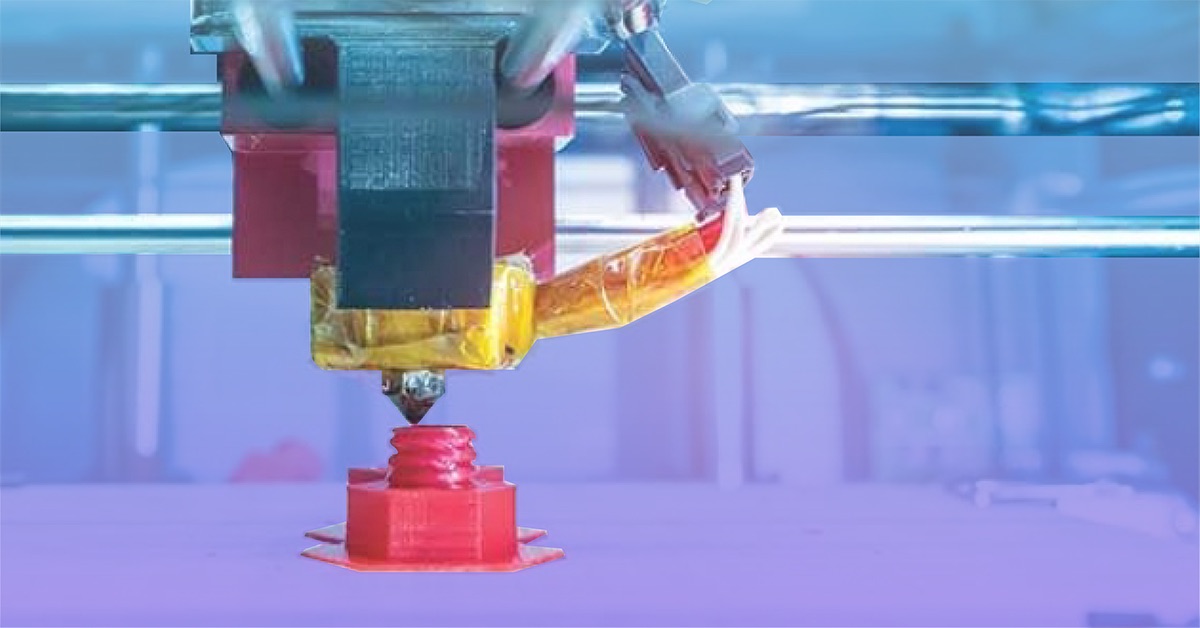In the 1980s when 3D printing was first invented it seemed improbable that we could print actual three-dimensional, functional objects from a home printer, but that’s exactly what we can now do. With a 3D printer, you can print yourself a new case for your phone or a planter for your window sill. The novelty of printing your own sock drawers might be fun, but what does this technology mean for design and manufacturing on a larger scope?
3D printing (also called additive manufacturing or AM) is already improving the efficiency of the design process through rapid prototyping. A process that used to take months of extensive simulation and design iteration before arriving at a prototype can now happen quickly. And it allows designers to rapidly and inexpensively create multiple prototypes to test new design ideas. In this way, it speeds the design-to-prototype step of the creation process.
But if a 3D printer can create a prototype, what about the actual product? While additive manufacturing is still in its infancy with regards to massive amounts of products, it is already changing the way parts are made. AM can produce complex structures that traditional methods such as injection molding cannot — structures that are stronger and use materials more efficiently. And 3D printing processes themselves are more efficient, relying mostly on automation instead of human labor.
Another exciting aspect of 3D printing is its flexibility. Say you have a product line already in production that you want to tweak. That tweak is one click away as opposed to two or three months with traditional injection mold technology.
Right now, most experts talk about additive manufacturing for small-scale production, applicable for test markets, advertising, or trade shows. But as the capacity of 3D printers increases, they will become more realistic for large scale manufacturing.
“In the future, it is possible that all short-run part production will use 3D print,” says Dr. Paul Benning, HP fellow and 3D print chief technologist at HP Inc. “Focused product teams [will be] able to launch new products on a weekly or daily basis – only constrained by their time and imagination, no longer constrained by the capital assets needed for analog production. This agile development process for physical parts, enabled by 3D print, has the potential to radically improve and accelerate the products we will see and use in the not-too-distant future.”
As modern industry is being rewritten with tech such as the Internet of Things and machine learning, so too will additive manufacturing have a place at that table.
Sources: hbr.org, businessnewsdaily.com



